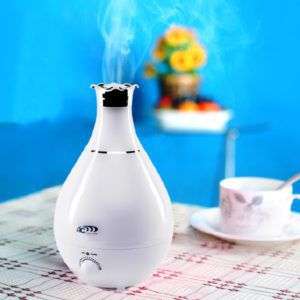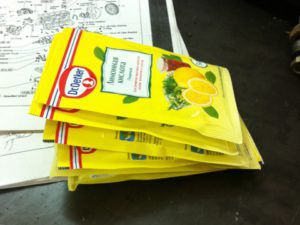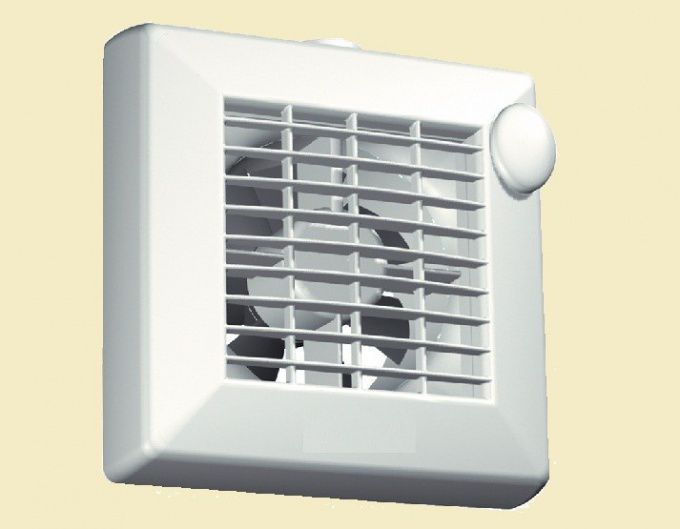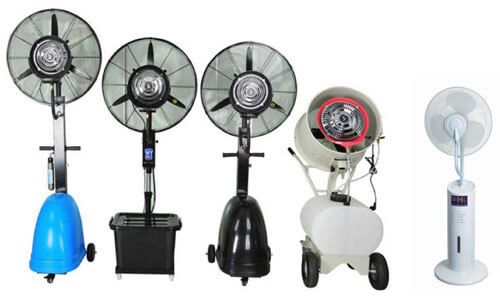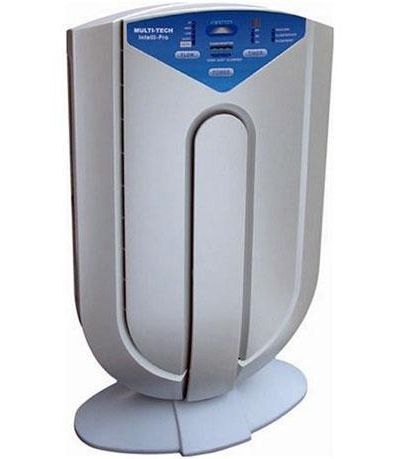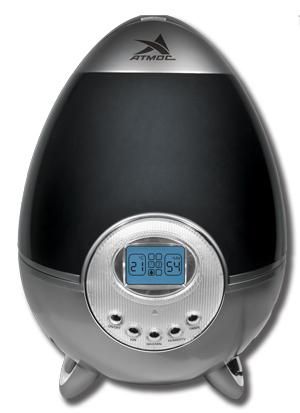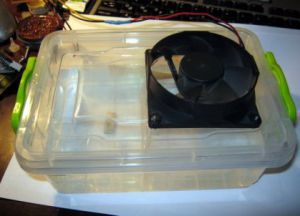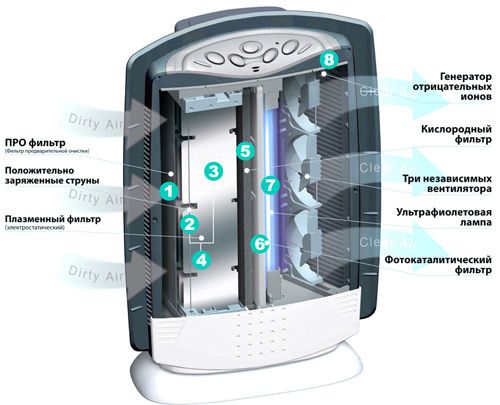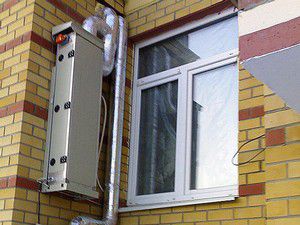How humidifiers work
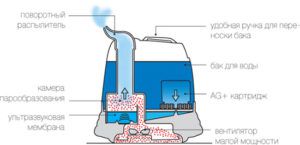
Modern household appliances for air humidification are of four types:
- Traditional aggregates. The principle of operation of such equipment occurs by passing air through a wet filter. The air temperature may drop slightly. The dampening cassette must be replaced at the intervals specified by the manufacturer. The service life can be increased by using distilled water in its operation.
- The air washer is a modernized traditional humidifier model. The process of air saturation with moisture occurs due to rotating discs, alternately sinking into the water and blown afterwards by a fan.
- Steam humidifiers - the principle of operation of such a device is similar to that of electric kettles. In order for the air to receive moisture, the water is brought to a boil.
- Ultrasonic humidifiers saturate the air by means of ultrasonic vibrations that knock out small drops of water from its surface. Such technologies are also used in medical inhalers.
A detailed example of the device of ultrasonic humidifiers in the picture.
Each of these devices requires special handling. The humidifier should be cleaned taking into account its specific features.
It's important to know! Any humidifier must undergo preventive treatment. It will extend equipment life, improve air quality and prevent the spread of infections and the need for repairs.
Do-it-yourself device cleaning
The safest way to do this is descaling with citric acid. This is a natural component that does not contain any hazardous substances, and even if it remains on the parts of the humidifier, there will be no consequences for this. But problems arise not only due to the formation of scale.
Users may not be aware of most generator failures, so periodic preventive maintenance is also a way to identify problems. Cleaning can be done daily, at the end of the season, for disinfection, during filter replacement or for deep cleaning. It is quite simple to do all these manipulations with your own hands:
- daily cleaning of equipment means changing the water in the tank, washing from accumulated dust;
- deep cleaning of parts is done every 3-5 days. It is needed to prevent the formation of mold and scale. Such processing is carried out using table vinegar;
- disinfection is carried out using hydrogen peroxide or with the addition of bleach. The manufacturer indicates how to clean this or that device from infections in the instructions;
- replacement of filters is carried out by visual assessment of their condition or in accordance with the manufacturer's recommendations;
- seasonal cleaning involves preparing equipment for storage. All parts must be thoroughly cleaned and dried completely.
DIY humidifier repair
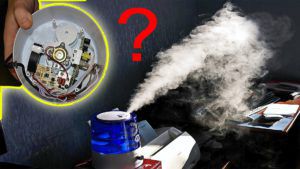
Self-repair of humidifiers is possible, even for ultrasonic models. An unpleasant odor often occurs in the operation of ultrasonic equipment - and this is an alarm signal that indicates the need for repair. This problem arises due to the clogging of the inner membrane. It needs to be cleaned and dried.
When connected to the mains and working, the device does not consume water. In this case, making repairs with your own hands will be a little more difficult, but still possible. Most often, the breakdown is in the engine or the annular membrane. Dirty air vents and air intake, as well as fan malfunctions, also prevent steam generation. Perhaps, it will not be possible to eliminate such a breakdown with your own hands.
It's important to know! You should not interfere with the device of the humidifier if there is no basic knowledge of the device of this or that device, as well as if the device is under warranty.
In the event that a leak is found in the device, you need to find out the reason for its formation. If the equipment has recently been purchased, then it is better to return it to the store, most often such problems arise in defective devices. If you plan to make repairs with your own hands, then you should be extremely careful in finding out the reason. First you need to check the density of the installed filter. If it is installed correctly, then you next need to look at the condition of the exhaust pipe and the quality of its connection with the humidifier. Such a part is worth a lot, but it is worth replacing it, in case of wear. You can clean the odor trap, because in case of clogging, it prevents the passage of steam, collecting the liquid on itself.
Increased noise or humming during operation. Most often, these problems arise due to fan malfunctions. Extraneous noise can be eliminated by cleaning the fan from dirt, or by changing the part.
Important! Cleaning parts of the humidifier or doing repairs with your own hands should be done with the device turned off from the network. You should not move away from the manufacturer's recommendations and try not to start the general condition of the equipment, then the comfortable and safe conditions in the house will be maintained by the air humidifier for many years.

